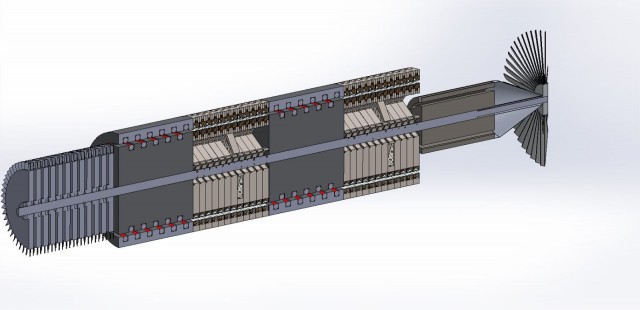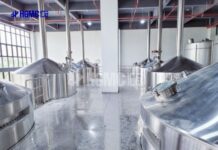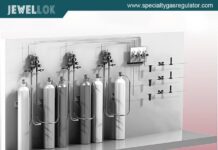Published national patent application now under substantive examination describes a high-energy air vehicle engine concept capable of generating high-altitude thrust without onboard fuel.
(Isstories Editorial):- Sydney, New South Wales Oct 17, 2025 (Issuewire.com) – Turkish inventor Serkan Alsac announces the publication of a national patent application that has been accepted for substantive examination and listed in the official patent bulletin. The invention describes an electric aircraft engine that uses atmospheric air as the direct fuel to produce thrust–known in Turkish as “Hava gazlarn yakan elektrikli hava arac motoru.”
More on Isstories:
- Breakthrough Leadership Book The Persistence Factor Becomes an Amazon #1 Bestseller
- Arthur Greenlee IV, Recognized by BestAgents.us as a 2025 Top Agent
- Noris Perez, DPT, Featured in America’s Best in Medicine for Advancing Physical Therapy
- Justine Farley, Recognized by BestAgents.us as a 2025 Top Agent
- Top Precision Ceramic Component Supplier – ZHHIMG Achieves ISO 9001-14001-45001-CE Certification for Safety Excellence
The application (Application No. 2023/002681) was filed on March 10, 2023 and published on June 21, 2023 in the 2023_06 Official Patent Bulletin. A public entry is available on Google Patents (TR2023002681A2). Collectively, these identifiers establish the public record for a concept that seeks to replace large onboard fuel loads with precisely delivered electrical energy inside the engine.
Purpose and significance
The core objective is explicit: use the air itself as fuel. By eliminating the need to carry tons of conventional fuel, aircraft could reduce weight, logistics, and associated emissions. The concept frames a cleaner propulsion pathway in which electrical input powers high-energy processes within the engine while the atmosphere provides the working medium for energy conversion and momentum transfer–with a particular focus on high-altitude operation.
Technical operating principle (concept-level)
-
Ionization: Incoming air passes through a high-energy region where it is ionized; electron-ion populations are established under controlled conditions.
-
Expansion: The ionized flow gains kinetic energy, expands, and enters reactive states that begin to generate directed momentum.
-
Energy Loading: The expanding air receives additional energy input to sustain reactions and increase flow acceleration.
-
Combustion/Release Chamber: Rapid energy release occurs (explosive-like pressure/temperature rise within design limits), further increasing flow speed and pressure.
-
Turbofan Conversion: The energized flow is converted into maximum thrust across turbofan stages.
-
Single-line, single-shaft architecture: The engine operates along a single flow path and single shaft; as rear turbofan stages spin, the forward propeller accelerates, pulling in more air and building thrust in stages toward high-altitude performance.
“We investigate atmospheric gases under high-energy conditions to convert part of that energy into useful thrust–without carrying fuel. In parallel, we are developing an advanced iteration aimed at operation both within the atmosphere and beyond it, toward a fuel-independent ‘space-engine’ concept.” — Serkan Alsac
Public identifiers
-
Application No.: 2023/002681
-
Filing Date: March 10, 2023
-
Publication Date: June 21, 2023 — Official Patent Bulletin 2023_06
-
Public record (Google Patents): https://patents.google.com/patent/TR2023002681A2/tr
Next steps
Following its June 21, 2023 publication in Official Patent Bulletin 2023_06, the application remains under substantive examination. Any further updates–such as office actions, amendments, or a grant decision–will be formally recorded and, where applicable, appear in the Official Patent Bulletin.Media Contact
Serkan Alsac — Independent Inventor/Researcher (Sydney, Australia) -
Email: [email protected]
This article was originally published by IssueWire. Read the original article here.


















